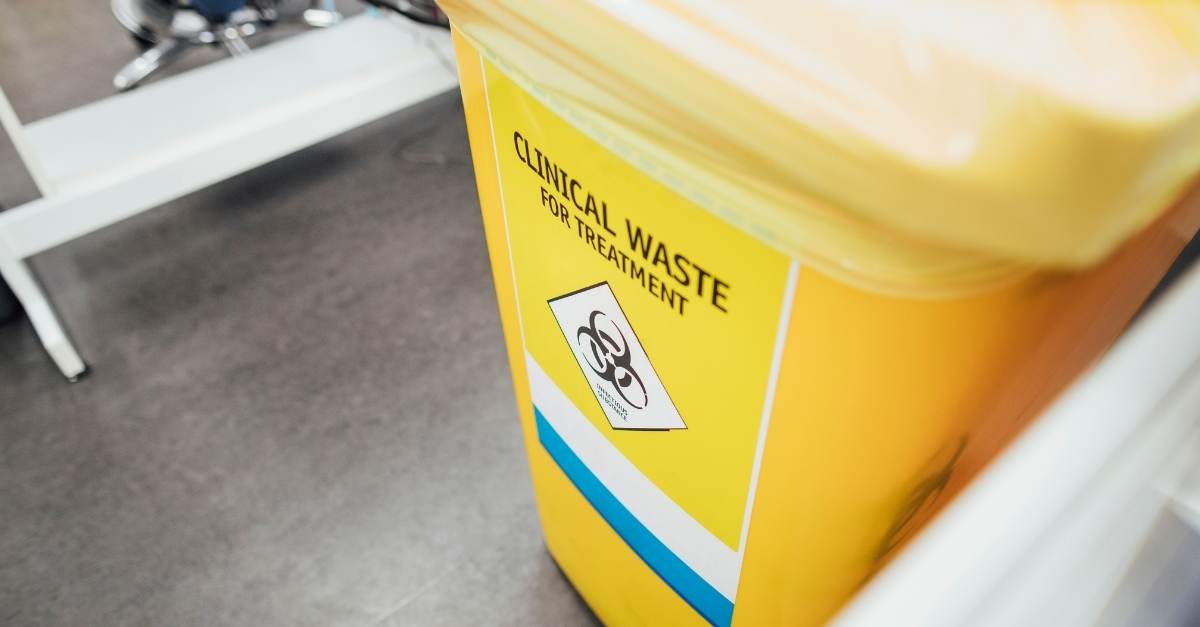The Safe Handling of Health Care Waste Materials
CSA Z317.10:2021, Handling of health care waste materials
The National Standard of Canada, CSA Z317.10:2021, outlines preventive measures to help protect patients, staff, visitors and the public from exposure to such materials within health care and veterinary facilities and outside traditional health care settings.
CSA Z317.10:2021 specifies requirements for the packaging, collection, handling, storage and on-site treatment and disposal of health care waste materials in:
- health care facilities and mobile units;
- veterinary facilities and mobile units;
- blood banks and blood collection centres;
- during emergency medical services and pre-hospital care;
- home environment;
- municipalities communities, public parks, restrooms, etc.;
- personal service settings, including facilities providing tattoos, ear and body piercing, and aesthetic services.
CSA Z317.10:2021 also recommends recycling practices that can help protect the environment and promote sustainability.
The 2021 edition of CSA Z317.10 includes several important updates, including special precautions for managing waste contaminated by infectious substances and pathogens for the first time.
New Edition Highlights
The fifth edition of CSA Z317.10:2021 includes:
- a new clause dedicated to cytotoxic waste; and
- special precautions associated with the management of Category A waste and waste contaminated with Risk Group 3 and Risk Group 4 known infectious substances or pathogens.

Related Standards
This Standard provides requirements specific to the management of low- and intermediate-level radioactive waste in solid, liquid, or gaseous states.
This document specifies requirements for reusable sharps containers intended to hold potentially hazardous sharps medical waste with or without sharps protection features, e.g. scalpel blades, trocars, hypodermic needles and syringes.
This Standard addresses the special requirements of plumbing systems pertinent to the design, construction, operation, and maintenance of health care facilities (HCFs).
This Standard provides requirements for the planning, design, construction, commissioning, operation, and maintenance of HVAC systems in HCFs.
This Standard defines precautionary and remedial measures, including quality system requirements, for preventing exposure to agents released or augmented because of actions undertaken during health care facility construction, renovation, maintenance, and repair work.

CSA Z250:2021
Handling of health care waste materials
It is one of a series of Standards related to health care facility engineering and sets forth preventive measures intended to protect patients, staff, visitors, and the public from exposure to potentially hazardous waste materials.

Performance of Filtering Respirators
Meet performance and quality requirements
The new National Standard of Canada, CSA Z94.4.1:2021, Performance of filtering respirators, helps address supply self-sufficiency to position communities better for the future.

Process for Delivery of Volumetric Modular Buildings
Streamline delivery with CSA Z250:2021
CSA Z250:2021, a new National Standard of Canada, can help increase the confidence of industry stakeholders in modular construction as an effective, efficient and resilient building process.

